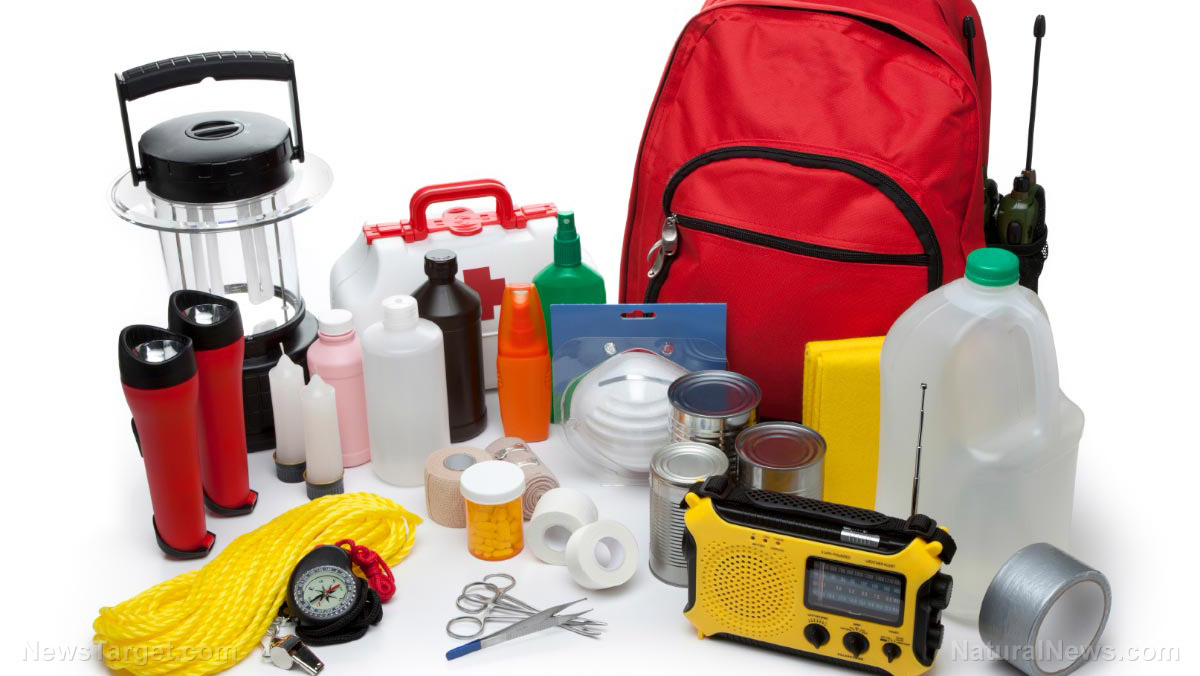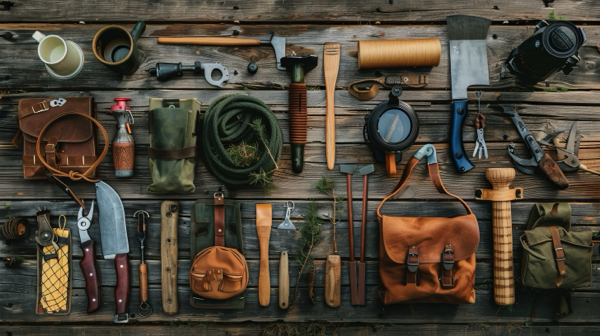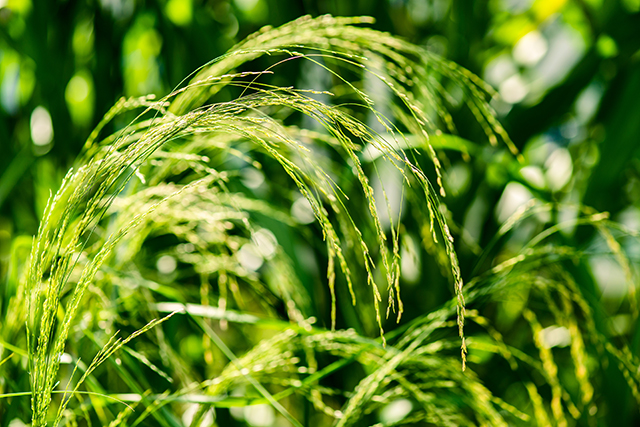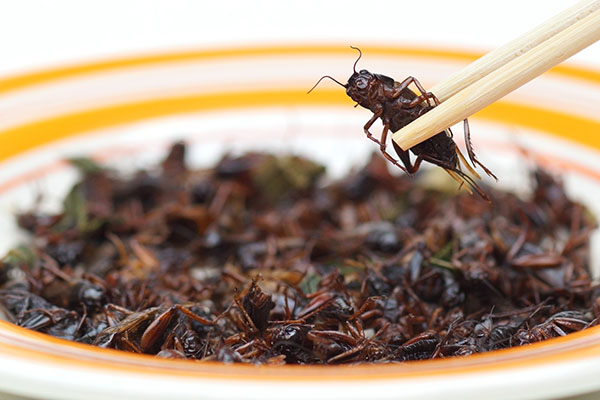
- Prioritize learning practical skills like first aid, firestarting and navigation instead of hoarding expensive gear. Knowledge is lightweight, durable and irreplaceable.
- Stockpile foods you actually eat and rotate supplies to avoid waste. Store enough water for a few days and learn different purification methods.
- Buy essentials in bulk and thrift high-quality gear to save money. Avoid overbuying and focus on practicality.
- Prep for likely emergencies like power outages or natural disasters rather than extreme scenarios. Keep a lightweight bug-out bag with essentials.
- Build connections with neighbors and local groups for mutual support. Stay physically fit because strength, endurance and flexibility are critical in emergencies.
Focus on skills, not gear
The best survival tool isn’t a $500 survival knife: it’s knowledge. Skills like first aid, firestarting, navigation and food preservation weigh nothing and can’t be stolen. Instead of buying gadgets you’ll never use, invest time in learning:- Basic medical training (first aid, CPR, etc.)
- Firestarting
- Foraging and gardening
- Hunting
- Navigation
- Shelter-building techniques
- Signaling
- Water purification methods
Only store food you’ll actually eat
A common mistake? Stockpiling lima beans and canned tuna when you hate both. Survival food should be food you and your family enjoy eating. (Related: Pantry refresh: How to organize storable foods for easy, nutritious meals.) If you wouldn’t eat it now, you probably won’t eat it in an emergency. Stick to things like:- Dried fruits (apricots, dates)
- Freeze-dried meals (ff you like them)
- High-energy bars
- Nuts (like almonds and macadamias, which are high in healthy fats)
Optimize water storage and purification
Water is non-negotiable, but you don’t need a 500-gallon tank. Before SHTF:- Store a few days’ worth of bottled water (rotate your supply at least every six months)
- Use purification tablets
- Learn to filter water with a portable system
Buy supplies in bulk (when it makes sense)
Buying in bulk saves money and ensures you always have backups. Focus on:- Batteries (lithium batteries last longer)
- Rice, beans and oats (if you eat them)
- Medications (include things like allergy medication and other prescription meds for yourself or family members with health issues)
Thrift shop for expensive gear
You don’t need a new $300 tactical backpack when a sturdy used one works. Hunt for bargains at:- Estate sales
- Facebook Marketplace
- Flea markets
- Thrift stores
Rotate perishable supplies (FIFO method)
Things like food, meds and batteries expire. Use the "first in, first out" (FIFO) system:- Eat the oldest food first, then replace items you use up with fresh stock.
- Check expiration dates on meds and batteries every three months.
Plan for likely disasters, not doomsday
Prepping isn’t always about the zombie apocalypse or nuclear fallout. Instead, it’s about realistic risks. If you're overwhelmed about where to start planning, ask:- What natural disasters occur in your area? Are blizzards common? What about hurricanes?
- What emergencies could disrupt your daily life? Are you more worried about power outages or sudden job loss?
Keep a minimalist bug-out-bag (BOB)
A bug-out bag (BOB) is your emergency go-bag. Keep it light but functional by only including essentials like:- Water (a sturdy reusable water bottle with purification tablets)
- Food (energy bars, nuts)
- First aid kit
- Multi-tool
- Flashlight and extra batteries
- Warm layer and a rain poncho
Focus on physical fitness
If you can’t walk a mile without gasping for breath, survival will get harder. Fitness matters, and the following things will help you survive an emergency:- Strength (carrying supplies, building shelter)
- Endurance (walking long distances)
- Flexibility (avoiding injuries)
Build community connections
Lone wolves don’t survive when SHTF, but a strong prepper community does. Strengthen ties with:- Family (shared resources, support)
- Neighbors (mutual aid in emergencies)
- Local groups (prepping networks, skill-sharing)
More related stories:
Garden fresh: Low-effort planting and chemical-free pest control. Survival 101: Effective EMF blocking techniques. Quinoa, mushrooms and more: Superfoods for energy and vitality that you need in your survival stockpile. Prepping tips for beginners: Nutritious emergency foods to stock up on. Sources include: ModernSurvivalOnline.com RedCross.org Tidymalism.com Brighteon.comOlive oil: A superfood source of antioxidants and heart-healthy fats
By Laura Harris // Share
Brain-boosting foods: the key to unlocking cognitive potential and mental well-being
By Lance D Johnson // Share
Teff: An ancient super grain packed with nutrition and versatility
By Laura Harris // Share
Radishes are surprisingly good for you
By News Editors // Share
Why Matcha Latte fans are obsessed with the ritual, not just the flavor
By HRS Editors // Share
Trump vows to fast-track Nvidia’s $500B push for domestic AI chip manufacturing
By isabelle // Share
Urban wildflowers absorb toxic metals, poisoning bees and threatening food supply
By isabelle // Share
Scientists uncover hidden world of alien-like creatures beneath Antarctic ice
By isabelle // Share
University of Delaware offers course on eating and cooking insects
By ramontomeydw // Share











